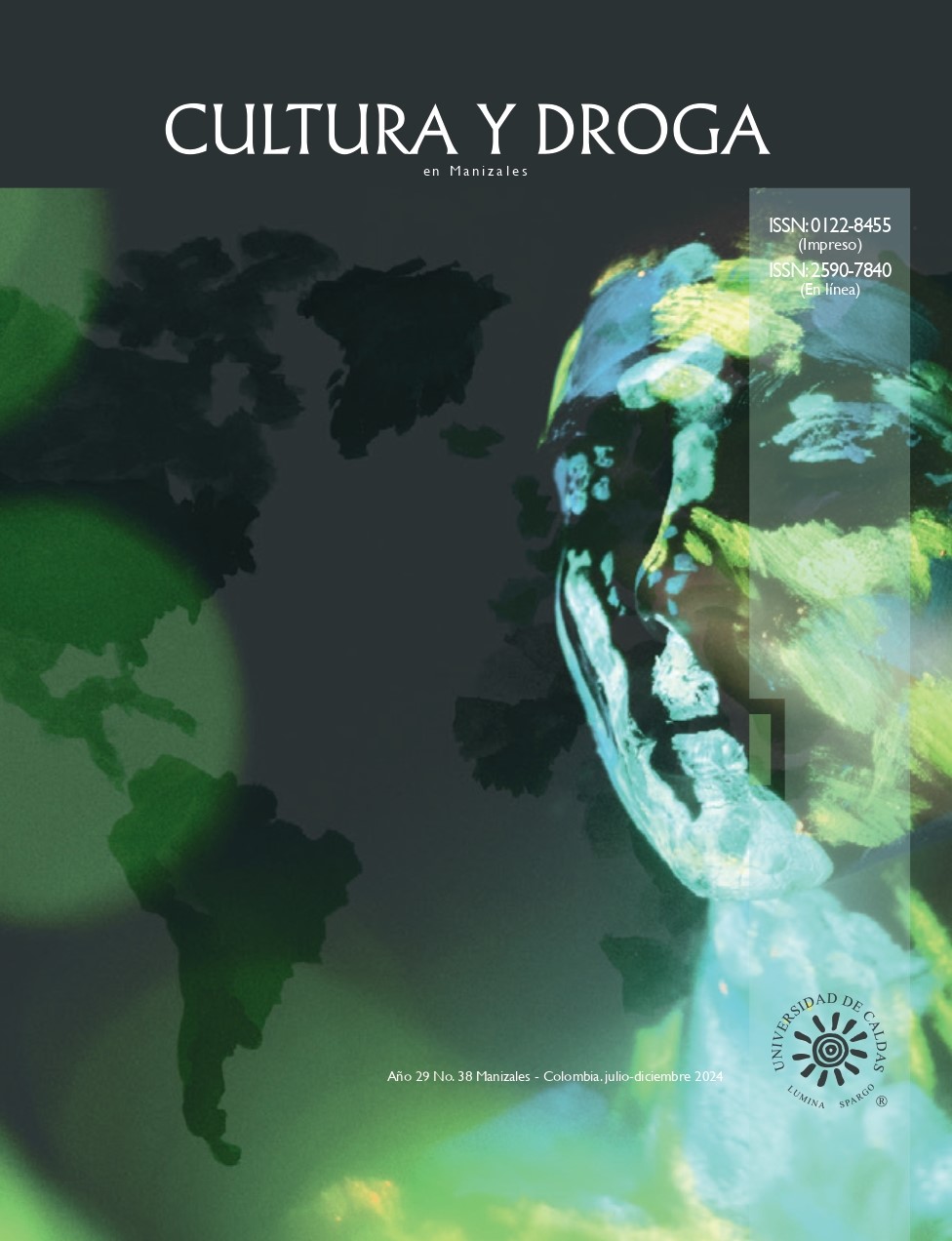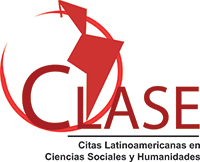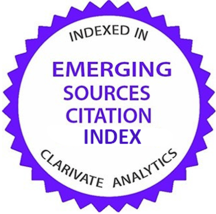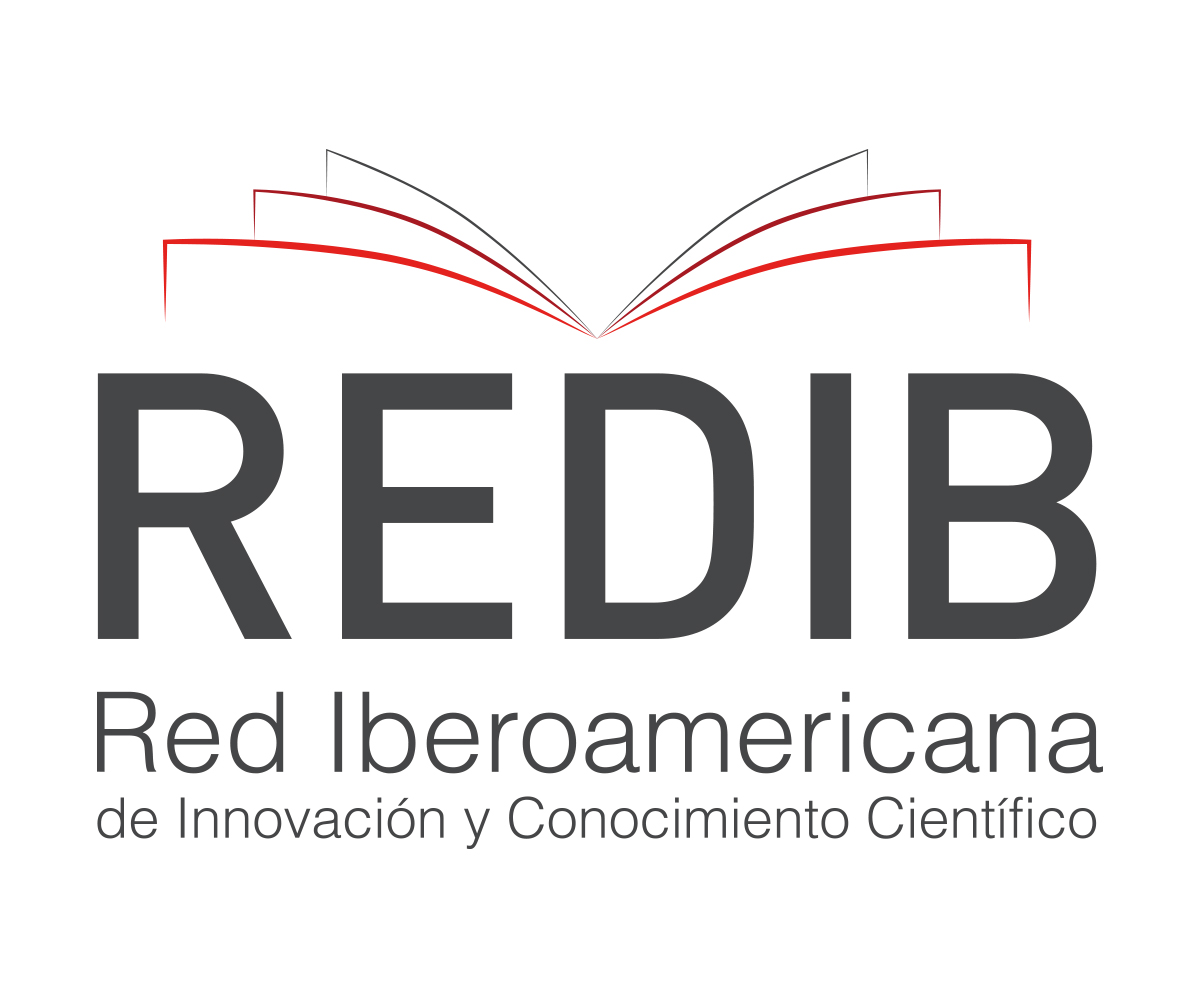Authors
Abstract
This research aims to analyze the detrimental effects of colonialism on the geopolitics of peyote in Mexico and the Southwestern United States. The border between the two countries is a sensitive point in the geopolitics of drugs, but peyote has cultural particularities that need to be considered. First, it is imperative to recognize that these prohibitionist policies are a direct result of colonialism. By applying these prohibitionist policies, the rights of Native American Peoples, the right to health, and the right to cognitive freedom have been undermined. Secondly, this research methodology is based on critical historiography, philosophical hermeneutics, and decolonial theory. Thirdly, this article will examine specific cases of resistance, such as the Native American Church (USA) and the Wirikuta Defense Front (Mexico), applying the concept of “struggle of cultural paradigms.” Analyzing the geopolitics of peyote, will help to better understand the struggles for the territory of the Native American Peoples, since for international law, one of the cultural features that distinguish the Native American Peoples from other groups or minorities is their spiritual relationship with the land. Finally, this article will delve into some of the paradoxes related to colonization, such as the criminalization of peyote use, the “clash of cultural paradigms,” and damage to the ecosystem. Understanding the profound impact of colonialism on peyote geopolitics and the rights of indigenous peoples is crucial to taking action to rectify these injustices and colonial legacies and improve the design of public policies.
Keywords
References
Álvarez, I. (2014). El Frente en Defensa de Wirikuta: la construcción de lo sagrado. Pacarina del Sur. Revista de Pensamiento Crítico Latinoamericano. https://acortar.link/T7wON9
Anaya, J. (s. f.). Dos proyectos quisieron cambiar el estatus legal del peyote y los hongos en México. Chacruna Latinoamérica.
Benítez, F. (1968). En la tierra mágica del peyote. Ediciones Era.
Calabrese, J. D. (2013). A Different Medicine: Postcolonial Healing in the Native American Church. Oxford University Press.
Cámara de Diputados. (3 de marzo, 2021). Gaceta Parlamentaria, XXVI, 5731-V. http://gaceta.diputados.gob.mx/Gaceta/64/2021/mar/20210303-V.html#Iniciativa6
Dawson, A. (2015). Salvador Roquet, María Sabina, and The Trouble with Jipies. Hispanic American Historical Review, 95(1), 103-133. https://read.dukeupress. edu/hahr/article-abstract/95/1/103/36388
Dawson, A. (2018). The Peyote Effect. From the Inquisition to the War on Drugs. University of California Press.
De la Garza, M. (2012). Sueño y éxtasis. Visión chamánica de los nahuas y los mayas. Fondo de Cultura Económica; Universidad Nacional Autónoma de México.
Escohotado, A. (1999). Historia general de las drogas. Espasa Calpe.
Fresán Jiménez, M. (2002). Nierika. Una ventana al mundo de los antepasados. Consejo Nacional para la Cultura y las Artes.
Furst, P. (1976). Hallucinogens and Culture. Chandler and Sharp.
González Casanova, P. (2006). Colonialismo interno (una redefinición). En A. Borón, J. Amadeo y S. González (eds.). La teoría marxista hoy. Clacso.
González Romero, O. (2021). Tlamatiliztli: la sabiduría del pueblo nahua. Filosofía intercultural y derecho a la tierra. Leiden University Press.
González Romero, O. (2023). Cognitive Liberty and the Psychedelic Humanities. Frontiers in Psychology, 14. https://doi.org/10.3389/fpsyg.2023.1128996
González Romero, O. y García Rojas, H. (2024). Genealogía del pharmakon y usos filosóficos de las sustancias psiocodélicas. Kalágatos, 21(2), 1-25. https://revistas.uece.br/index.php/kalagatos/article/view/12377
Hablemos de Hikuri. (24 de agosto de 2021). Peyote de Querétaro es declarado en peligro de extinción. Peyote Noticias. https://hablemosdehikuri.com/2021/08/24/peyote-noticias-volume-1-no-1/
Hauskeller, C., Artinian, T., Fiske, A., Marin, E., González Romero, O., Luna, L.E., Crickmore, J., & Sjöstedt-Hughes, P. (2022). Decolonizing is a Metaphor towards a Different Ethic. The Case of Psychedelic Studies. Interdisciplinary Science Reviews, 48(5), 732-751. https://journals.sagepub.com/doi/abs/10.1080/03080188.2022.2122788
Jay, M. (2019). Mescaline a Global History of the First Psychedelic. Yale University Press.
Lumholtz, C. (2006). Unknown Mexico. C. Scribner’s sons.
Maroukis, T. C. (2013). The Peyote Controversy and the Demise of the Society of American Indians. The American Indian Quarterly, 37(3), 159-180. https://doi.org/10.1353/aiq.2013.0034
Morales Sarabia, A. (2014). The Culture of Peyote: Between Divination and Disease in Early Modern New Spain. En J. Slater (Ed.). Medical Cultures of the Early Modern Spanish Empire. Tylor & Francis.
Moszowski, A. (2010). Los ojos imperiales de un coleccionista mercenario: Carl Sofus Lumholtz y El México Desconocido [tesis de Maestría, Universidad Nacional Autónoma de México]. https://ru.atheneadigital.filos.unam.mx/jspui/handle/FFYL_UNAM/5505
Muneta, J. D. (2020). Peyote Crisis Confronting Modern Indigenous Peoples: The Declining Peyote Population and a Demand for Conservation. American Indian Law Journal, 9(1), 134-181. https://digitalcommons.law.seattleu.edu/ailj/vol9/iss1/6/
Narváez Elizondo, R., Silva Martínez, L. E. y Breen Murray, W. (2018). El brebaje del desierto: usos del peyote (Lophophora williamsii, Cactaceae) entre los cazadores-recolectores de Nuevo León. Desde el herbario CICY, 10, 186-196. http://cicy.repositorioinstitucional.mx/jspui/handle/1003/2507
Negrín, D. (9 de Junio de 2020). Colonial Shadows in the Psychedelic Renaissance. Chacruna: Institute for Psychedelic Plant Medicines. https://chacruna.net/colonial-shadows-in-the-psychedelic-renaissance/
Neurath, J. y Kindl, O. (2005). Materiales del arte huichol. Artes de México, (75), 26-30. https://colsan.repositorioinstitucional.mx/jspui/handle/1013/493
Quijano, A. (2007). Coloniality and Modernity/Rationality. Cultural Studies, 21(2-3), 168-178. https://www.tandfonline.com/doi/full/10.1080/09502380601164353
Ruiz de Alarcón, H. (1984). The Treatise of the Heathen Superstitions That Today Live Among the Indians Native to This New Spain. University of Oklahoma
Press.
Samorini, G. (2019). The Oldest Archeological Data Evidencing the Relationship of Homo Sapiens with Psychoactive Plants: A Worldwide Overview. Journal of Psychedelic Studies, 3(2), 63-80. https://akjournals.com/view/journals/2054/3/2/article-p63.xml
Tuck, E., & Yang, K. W. (2012). Decolonization is not a metaphor. Decolonization: Indigeneity, Education and Society, 1(1), 1-40.
Tuhiwai, L. (2008). Decolonizing methodologies. Research and Indigenous Peoples. Zed Books.
United Nations. (2023). World Drug Report. https://www.unodc.org/unodc/en/dataand-analysis/wdr-2023_booklet-2.html
Wagner, R. (1975). Some Pragmatic Aspects of Navajo Peyotism. Plains Anthropologist, 20(69), 197-205. https://www.tandfonline.com/doi/abs/10.1080/2052546.1975.11908717

 PDF (Español)
PDF (Español)
 FLIP
FLIP






















